Review of 2010 The Year We Make Contact
Introduction
As a monument of cinema history, the sequel to Stanley Kubricks seminal "2001 A Space Odyssey", "2010 The Year We Make Contact" needs little introduction. Based again on the novel of Arthur C. Clarke, 2010 reveals a little more of the mysterious monoliths, and brings back the haunting characters of David Bowman, and sentient computer HAL-9000.
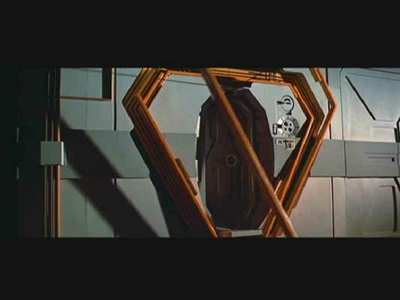
Video
"2001 A Space Odyssey" has recently been re-released with an anamorphic transfer from a newly restored 70mm print, and it is a shame that this younger brother has not been given the same five-star treatment. "2010" comes with a generally lacklustre non-anamorphic widescreen 2.35:1 image which when viewed on larger screens reflects the weaknesses of that particular format. In fact, although the disc is an RSDL (dual layer) one, and there are so many audio and subtitle tracks, the disc is not entirely full. It is a shame that the producers could not see their way to expanding the bitrate of the film to make use of the space and increase the quality, or at least use it up with additional material (about which see later).
So much of "2010" takes place in the darkness of space, or in gloomy spaceship cabins. At these points, this disc manages the dark well and although there is a lack of finer shadow detail throughout, at least contrast and black levels are deep and rich. This helps make the space scenes, with the huge swirling gases of Jupiter, and the pinprick stars of the Milky Way, look all the more grand and convincing. That loss of detail is a crying shame though, because the detail in this film, much like the painstaking attention Kubrick would have approved of, is breathtaking. Each switch, label and computer screen is authentically created, and ultimately convincing. It is a hallmark of the 2000 series that everyday items of the future were created to appear so mundane and everyday that they were truly convincing, and it is this detail and dedication that marked the films` excellence. This print loses a lot of that detail in the backgrounds, which would probably be returned with a better print, and a better transfer.
Colour is good with this disc, and some particular scenes show this especially. Many scenes in "2010" are intentionally stark, featuring surgical white, deep space blacks, and usually feature red highlights such as HALs eye or the signage on the Discovery. This visual design is carried brilliantly on this disc, and it is often these brighter scenes which are most impressive with this print, as you get away from the loss of detail of the darker experiences.
The digital transfer of the film is acceptable, although there is the odd occurrence of blocking and smearing in large uniform colours, such as grey or blue backgrounds.
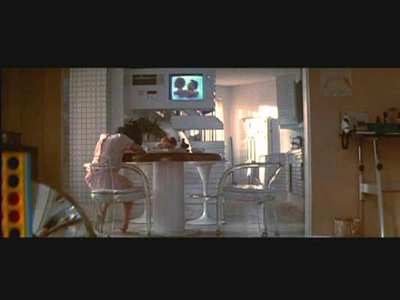
Audio
More attention appears to have been lavished on the soundtrack, which is at all times crisp, deep and detailed. Sound effects are nicely placed around the entire soundstage to draw the viewer into the atmosphere of the movie, and the quality of these effects belie their age. Bass is used excellently in a number of ship scenes, including the air-braking sequence when the crew arrives at Jupiter, which rumbles around the room and assaults your ears with booming size.
Whereas "2001" was famous for its score, "2010" is far more sparse when it comes to accompanying music. This is something of a lost opportunity when there are some amazing grand scenes which would befit a fine orchestral score like the original. However, there is also a high impact of some scenes which magnify the size and aspect of the action on screen by being totally devoid of any backing track, save the quiet functioning of machinery, or the breathing of an astronaut.

Features
For a film that springs from one of the most creative and most recognised science fiction writers ever, and as a sequel to possibly one of the best original true science fiction epics, it is absolutely criminal that this disc is packaged with no background material whatsoever. There must be a myriad of interviews, background footage, making-of information and concept artwork to back up this film, but nothing of the kind appears on the disc.
You cannot criticise the language options of this disc though - English, French and Italian all receive Dolby Digital 5.1 mixes, and twelve different subtitles are on offer. Given the printing on the disc is also multi-language, this is a true cross-border European disc.
The fact that the disc comes in a Warner Brothers cardboard snapper case is the final insult - the final poke in the eye with a sharp stick.
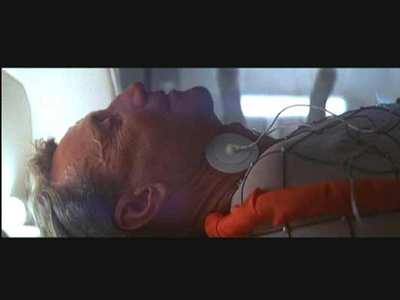
Conclusion
Peter Hyams stepped up to the plate in 1984 to follow in Kubricks footsteps and did a superb job which is generally unrecognised in movie history. "2010" had an engrossing story, and a very useful cast. Although it now seems stuck in something of an anachronistic USA v Soviet post cold-war future, the situation is an interesting and engaging one. It is fascinating to see how writers in the 1980`s imagined an extrapolation of their future, and the continued tensions between the superpowers.
The story of the enigma of the monoliths is a truly engaging one, and the key to the stories of both 2001 and 2010 is that they are never fully explained. Clarke has written a further two books on the topics, and in his usual style revealed more information, but created more mystique at the same time.
While never reaching the heights of "2001", "2010" is a good film in its own right, although a double-bill with 2001 means viewers are equipped with a greater understanding of the history of the story.
When it comes to the disc, this is very run-of-the-mill below-par stuff. The picture should never have been released as a non-anamorphic print, and it would also have benefited at the hands of a picture technician to bring it up to the standard of many other modern reprints. The picture is good, but ultimately disappointing. Fortunately the sound brings an excellent quality to the table, however the final straw is the complete dearth of any additional material. In other words, a reasonable film, let down by shoddy Warner treatment. Still a disc worth owning though, for its content, rather than its quality.

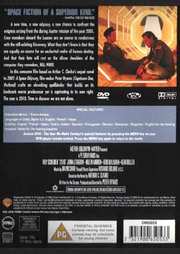




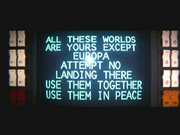
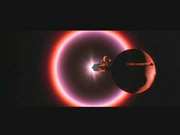

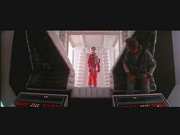
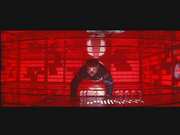
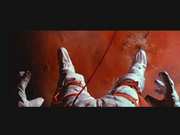
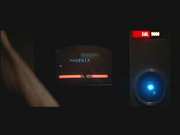

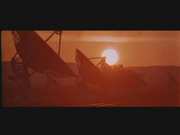
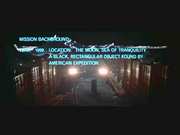
































Your Opinions and Comments
Be the first to post a comment!